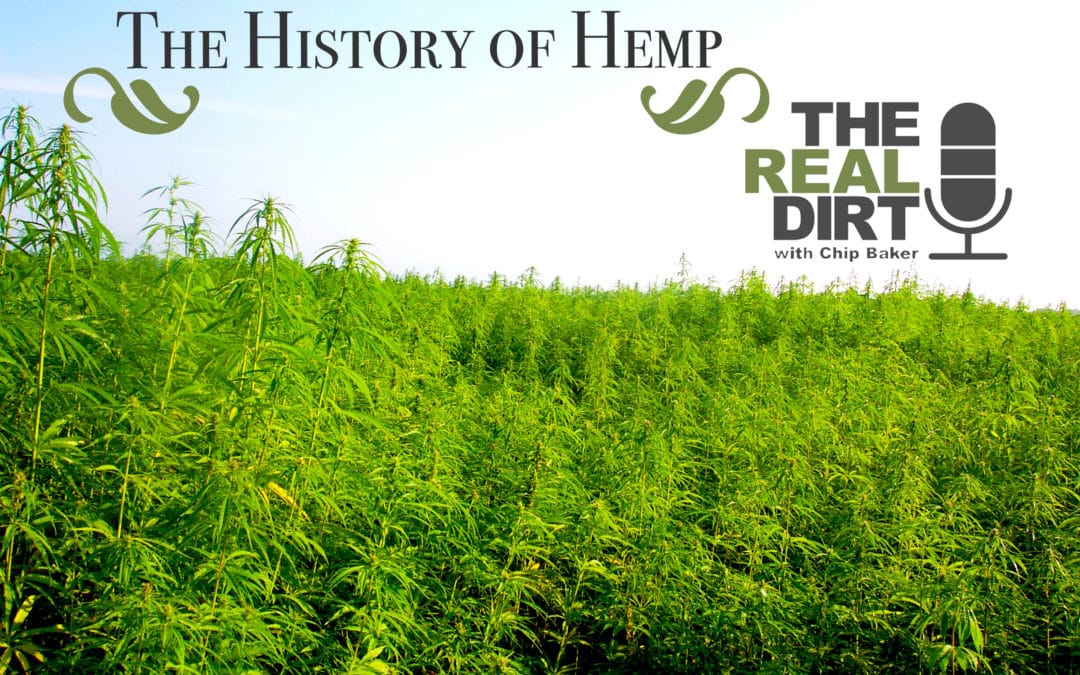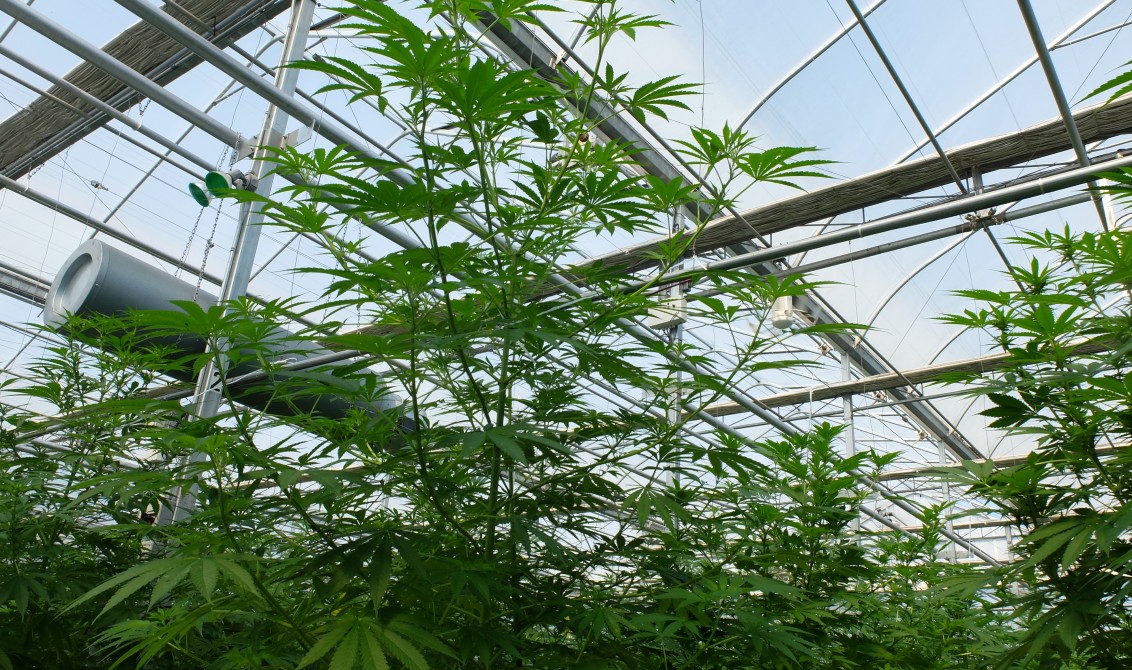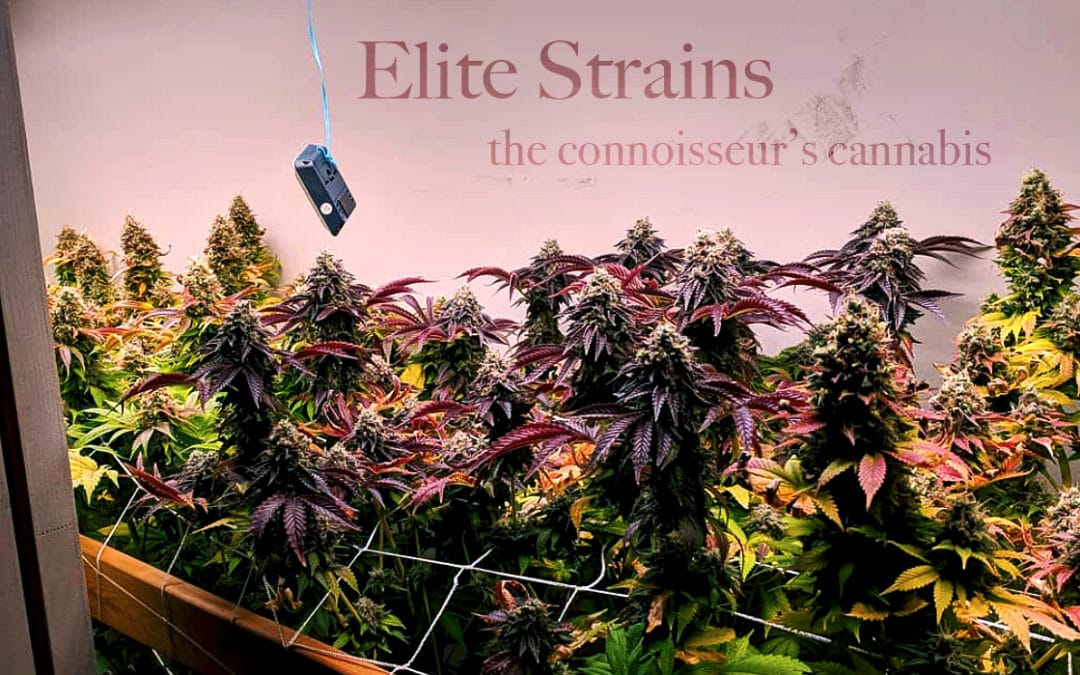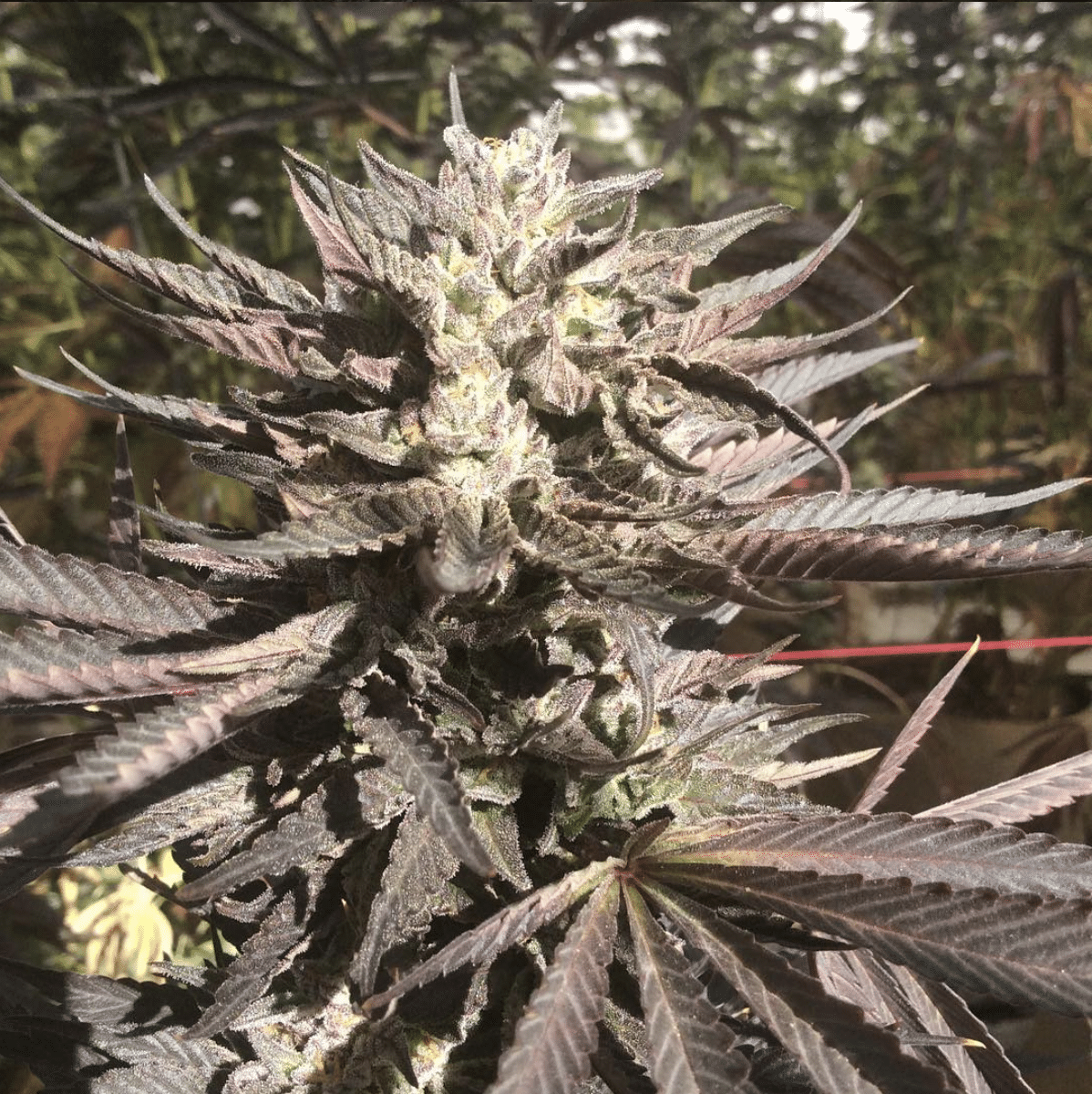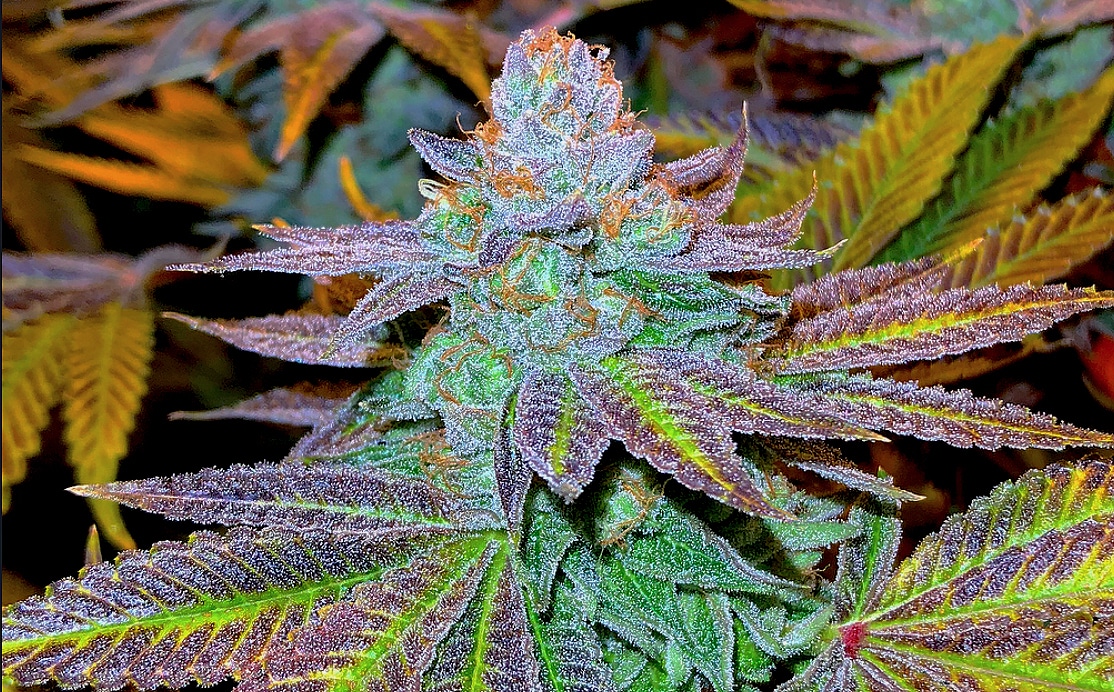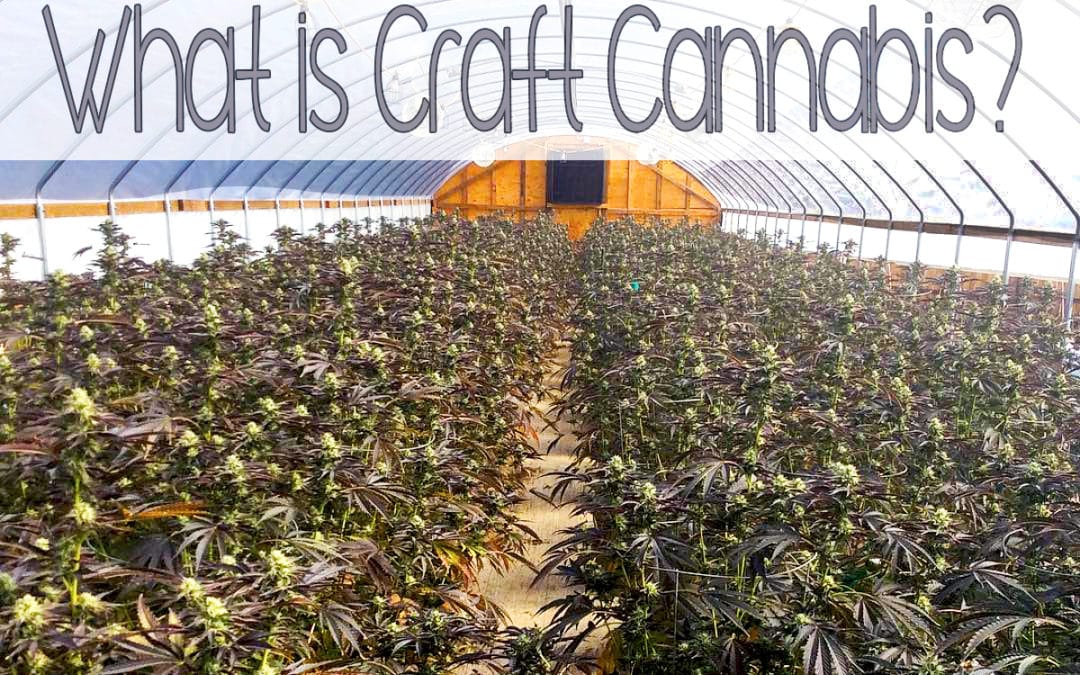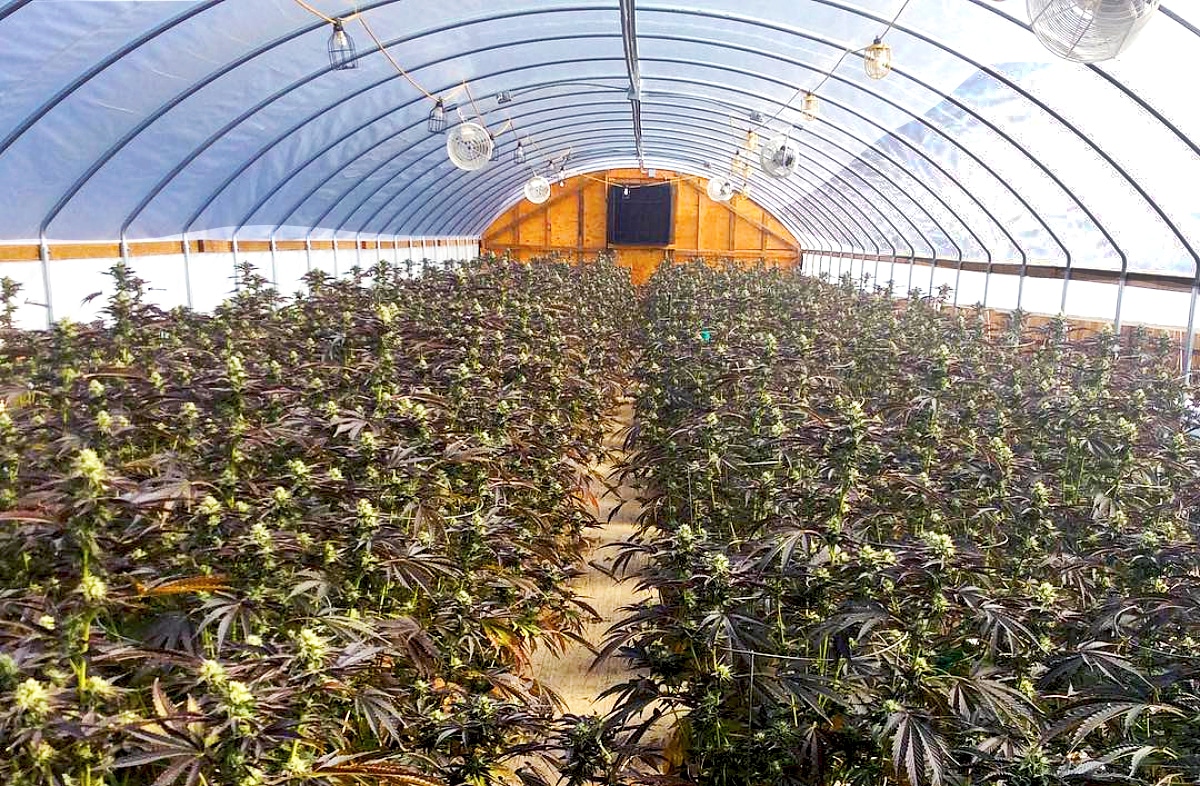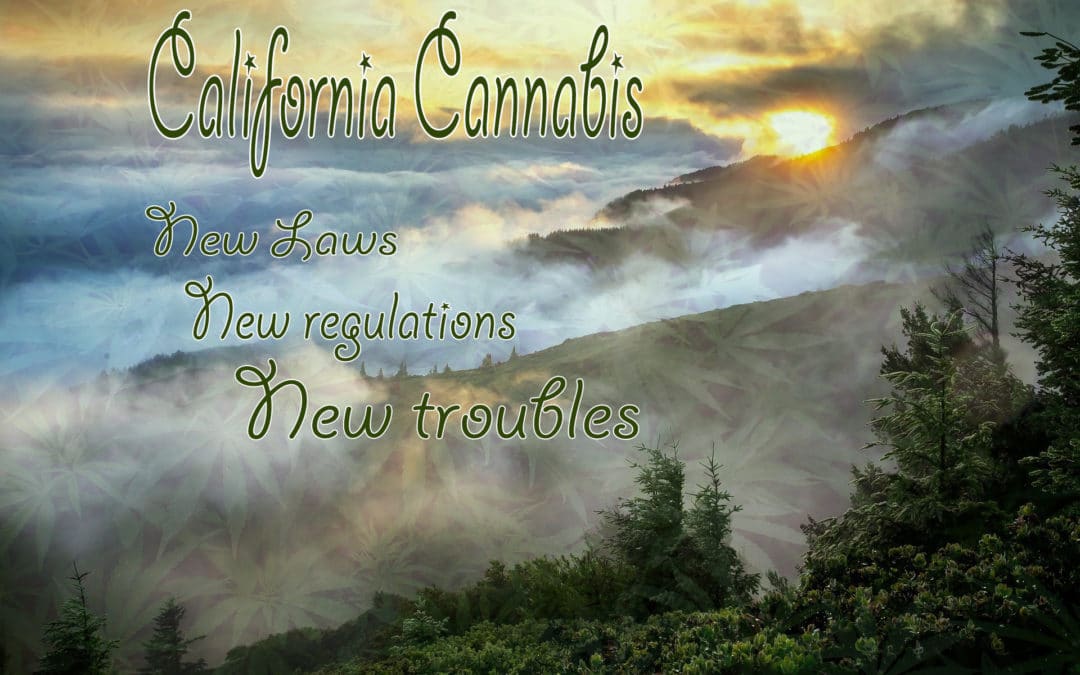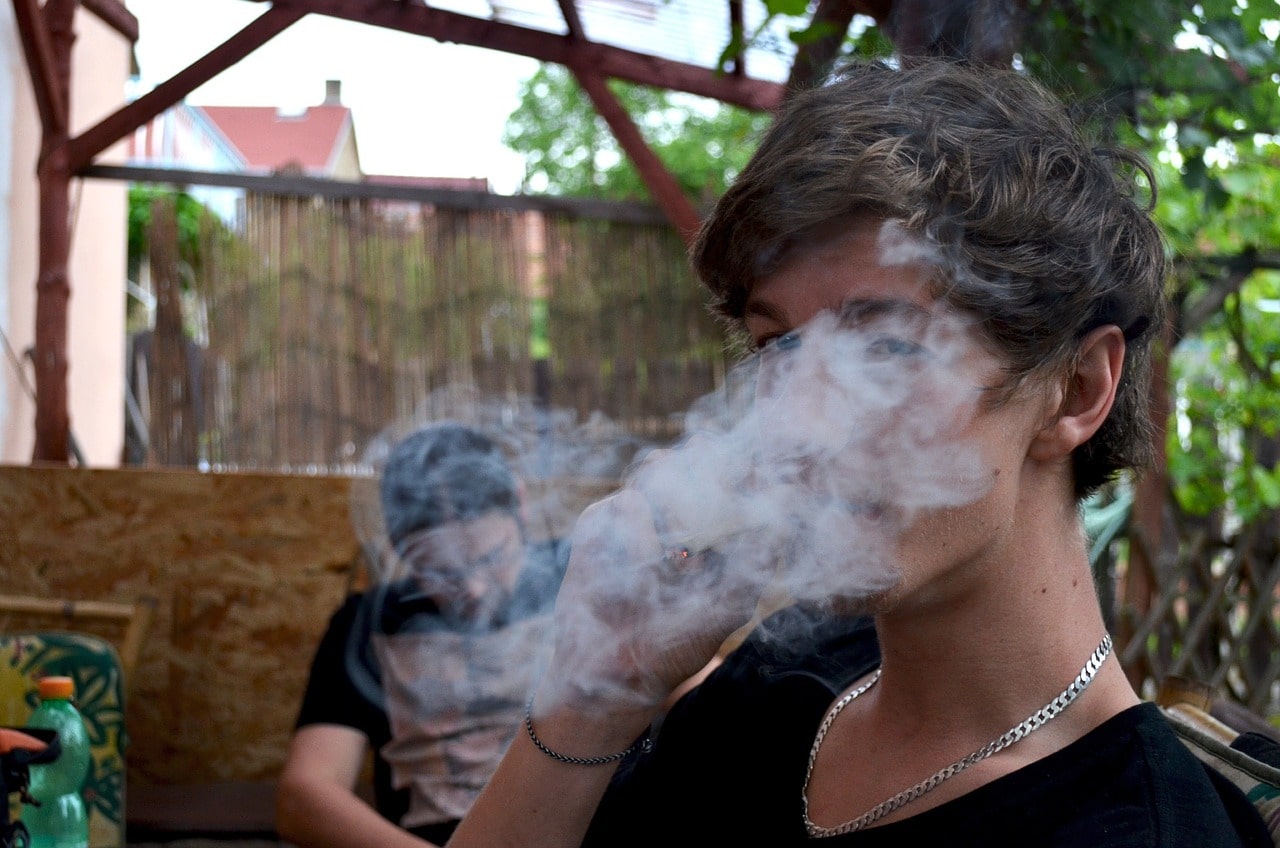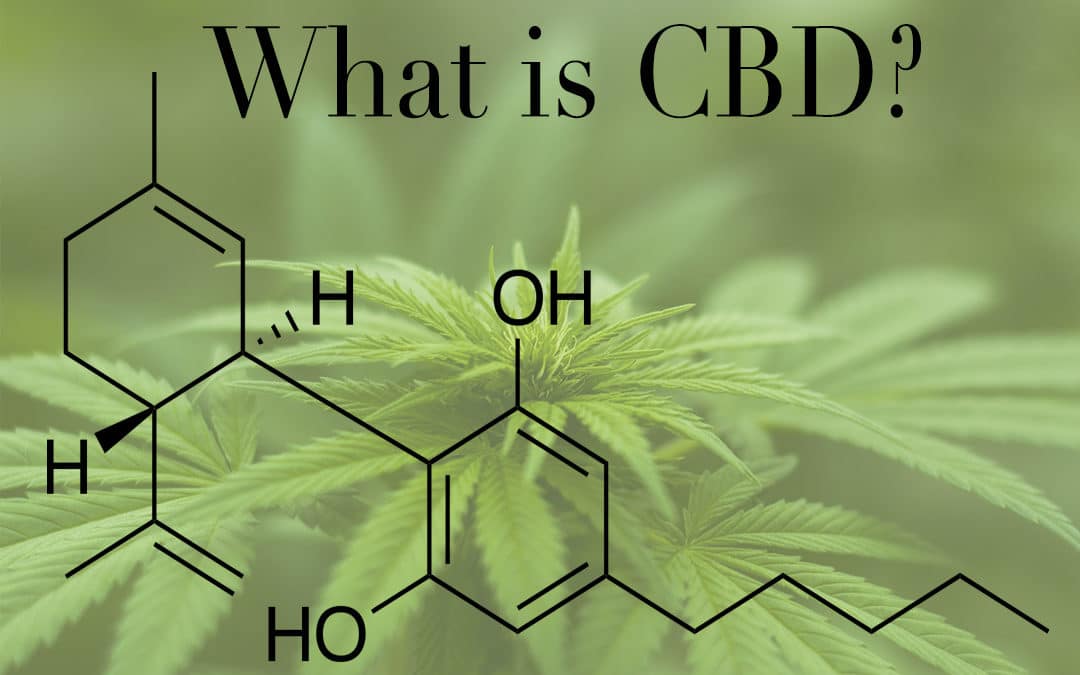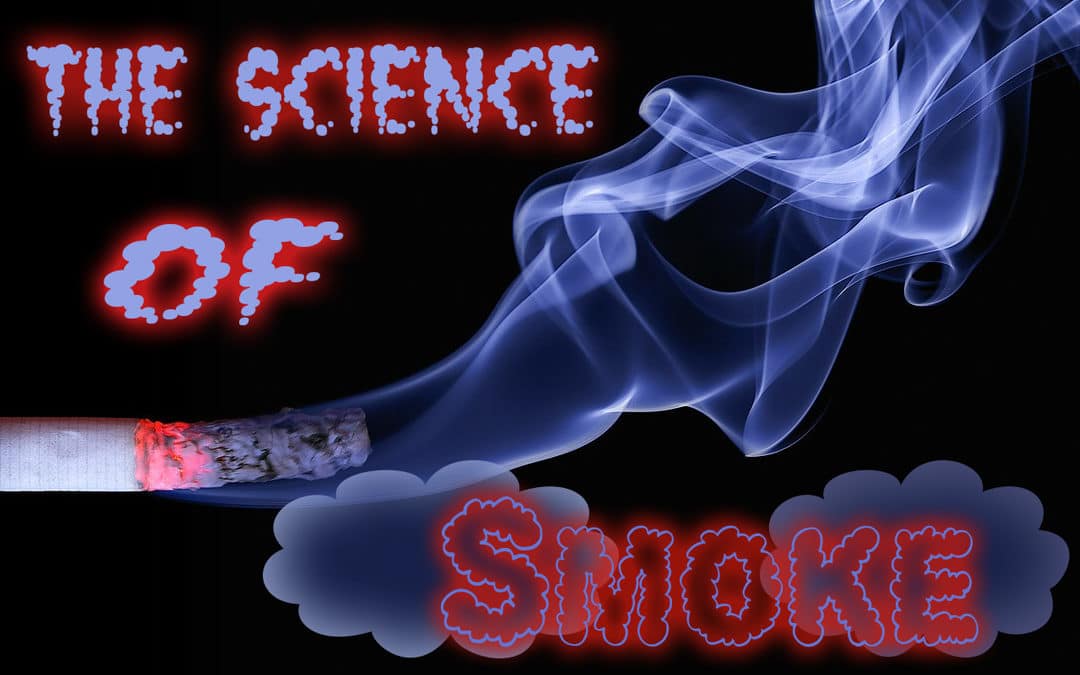
The Science of Smoke
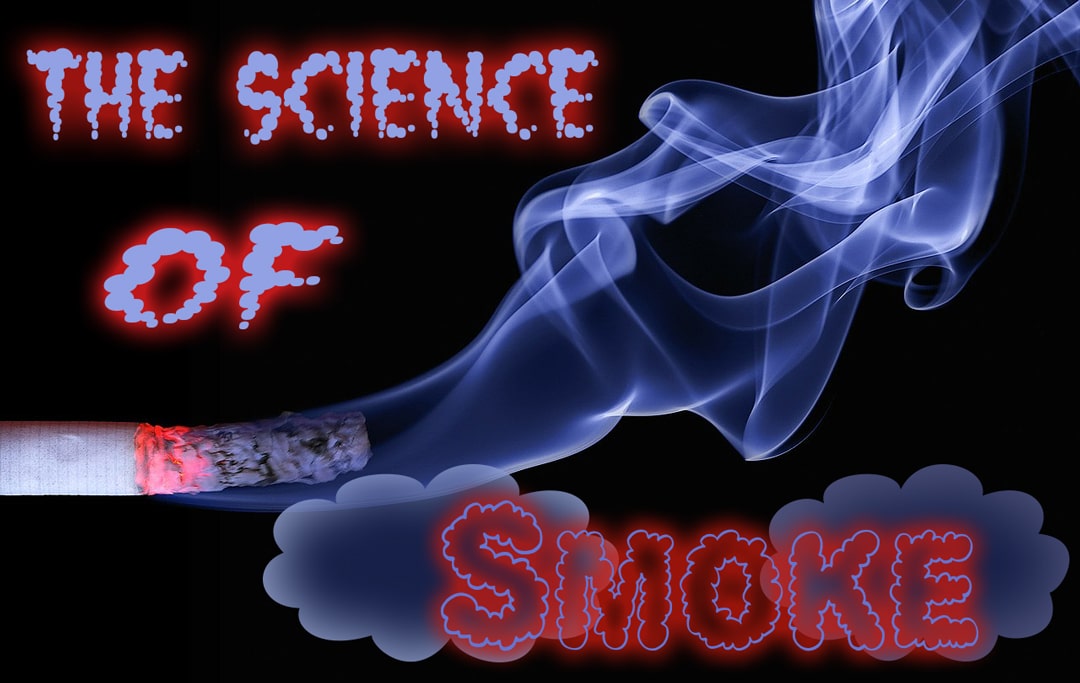
All forms of smoke are not created equal.
Smoking tobacco is widely recognized as the leading preventable cause of death in the world. Meanwhile, endless analyses by medical professionals and research facilities throughout the world provide little evidence for an increased risk of lung cancer among habitual or long-term cannabis smokers. The science of smoke proves this further.
Difference of Smoke
Importantly, methods for consuming cannabis that merely heat the plant material – not hot enough to burn it via vaping or dabbing – releases a volatile organic compound but to a much less extent and with less potency than the bad actors introduced by tobacco smoke.
Burning plant matter does produce harmful chemicals, regardless of which plant it is, but cannabis’s myriad consumption options make it less dangerous. For instance, cooking marijuana into edibles is a safe way to consume it that removes risks to your lungs. Alternatively, vaporizers for marijuana limit the formation of combustion products and are therefore likely to be safer than smoking.
Using an e-cigarette leaf vaporizer also could be a safer alternative. Observational studies show that vaporization allows consumers to experience the rapid onset of effect while avoiding some of the respiratory hazards associated with smoking.
Science of Smoke
While cannabis smoke has been implicated in respiratory dysfunction, it has not been causally linked with tobacco related cancers such as lung, colon or rectal cancers. Furthermore, compounds found in cannabis have been shown to kill numerous cancer types including: lung cancer, breast and prostate, leukemia and lymphoma, glioma, skin cancer, and pheochromocytoma, according to the U.S. National Library of Medicine.
When it comes to the science of smoke, there are three kinds. Mainstream smoke is the smoke that enters the consumer from a direct draw on the cigarette. It is then exhaled, which creates environmental tobacco smoke, or ETS. The smoke that comes off the cigarette as it sits in the ashtray is side stream smoke. All of the smoke that enters the atmosphere begins to decay and has a defined half life.
If we gave mainstream smoke a number associated with its potency, let’s say that number is 1, then side stream smoke would have a potency of .1, and ETS would be .01. Stated another way, the potency of ETS once inhaled would be 1/100th of mainstream smoke. At that concentration, most of the purported illnesses are out of reach and cigarette smoke is primarily just a lung or sinus irritant, which goes away after you get to fresh air.
Ted Corless
Recognized as one of the leading insurance litigation lawyers in Florida, attorney Ted A. Corless spent nearly a decade fighting for some of the largest companies in America. He trained at Shook Hardy, an international law firm infamous for its vigorous representation of Big Tobacco. Shook Hardy triggered his passion for scientific and medical-related litigation.
Corless routinely shares his scientific experience gained from representing the largest tobacco companies in the U.S. He regularly authors articles, gives television interviews and presents lectures on a range of legal topics, including insurance coverage, complex expert testimony and insurance bad faith.
Corless has a broad range of litigation experience including first-chair jury trial experience in matters relating to commercial litigation, environmental law, construction law, bodily injury, advertising injury, products liability and insurance coverage litigation. Ted Corless founded the Corless Barfield Trial Group and is Founder and Editor of newsmunchies.com.

